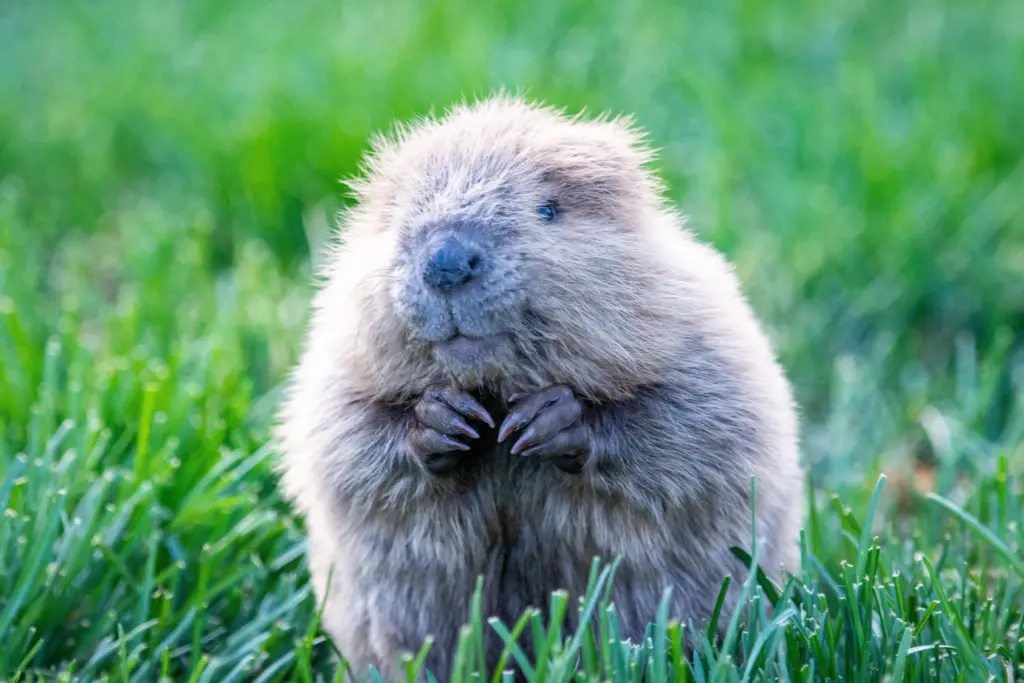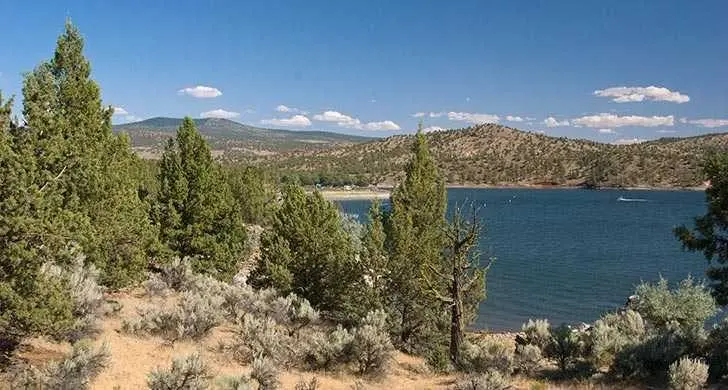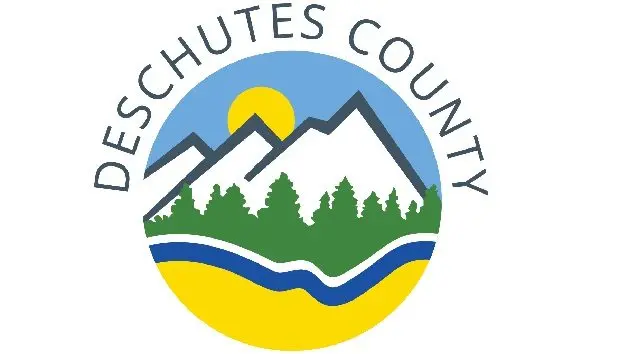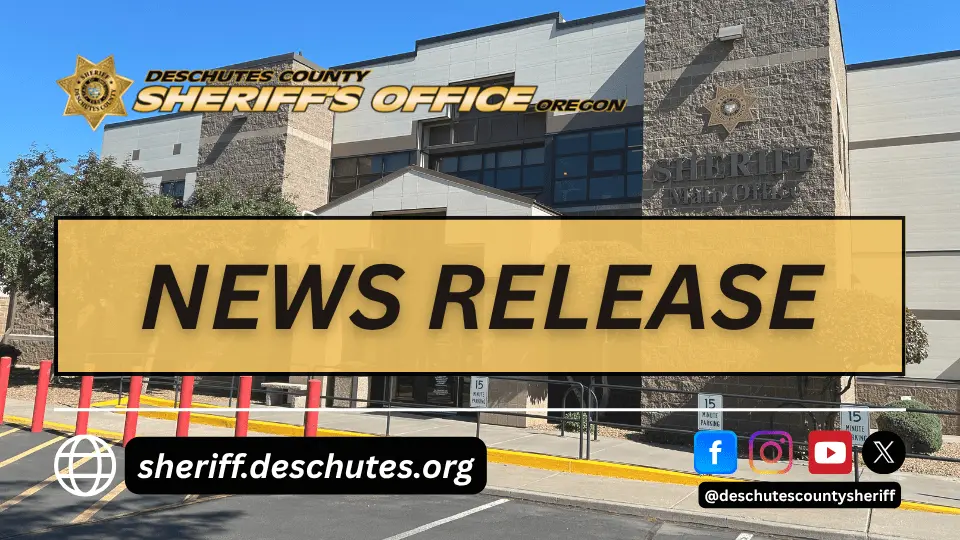Just below our feet, there is a universe that is busy, active and alive. On Saturday, October 18, the High Desert Museum invites visitors of all ages to explore the interconnected, underground world of soil in the original exhibition, Soil Alive!
Soil is made from minerals, air, water and decaying bits of organisms. But soil is not just a bed of crunched up rocks and other materials. Soil is alive.
Presented in English and Spanish, Soil Alive! is a family-friendly, interactive exhibition, taking visitors on a subterranean journey. On the way, they will encounter mycorrhizal networks, burrowing animals and microscopic organisms.
“Soil Alive! beckons visitors underground to explore a world that is hidden from sight,” said Museum Executive Director Dana Whitelaw, Ph.D. “We wanted to convey the excitement of this habitat, so people learn that soil is a living, breathing and busy world that is integral to the health and stability of our ecosystem.”
Like fingerprints, every region’s soil is unique. Many factors inform a soil’s individual characteristics. These factors can range from volcanic eruptions and historic floods to droughts, snowfall and wildfires. Soil is also the result of living organisms, which perform a delicate exchange of moisture, nutrients and sugar.
It’s this idea that Soil Alive! hopes to communicate above any other — that healthy soils are the result of thousands of relationships. These relationships are seemingly endless: between ponderosa pine tree roots and mycorrhizal networks; between pygmy rabbits and sagebrush shrubs; between farmers and ground-nesting bees; between soil crusts and native grasses; between beavers and cattails. The relationships transform simple dirt into living soil.
Located in the Brooks Gallery of the Museum, the exhibition will be organized into four sections, or landscapes: the Ponderosa Pine Forest, Sagebrush Steppe, Alfalfa Seed Field and Flooded Wetlands. Each of the landscapes has a Soil Ambassador, a cute creature who welcomes visitors and guides them on their underground adventure. The Beaver, Alkali Bee, Pygmy Rabbit and Pogie the Fungus will show off their homes in the High Desert.
Dim light and amplified soil sounds recorded from underground such as clicks and rustling will greet families as they enter a tunnel-like passageway, giving the illusion that they are traveling underground. Visitors will learn about the four landscapes, meet the ambassador animals and discover different types of soil before venturing deeper into the gallery.
The exhibition itself is packed with interactive, hands-on elements that allow visitors to see, touch, hear and even smell life underground. From soil recipes and smell stations to digital experiences, families will learn that no matter what the individual characteristics may be, all soils have one important thing in common: They form the foundation of the West’s ecosystems.
In the Sagebrush Steppe, a giant magnifying glass can be pointed at a wall-sized digital illustration, enlarging soil areas and illuminating organisms living in the biotic crust or living layer of the soil. Information bubbles pop into view as the Pygmy Rabbit, who lives below the sagebrush plants, explains that while the soil is dry, it grows some of the rabbit’s favorite foods including shrubs and flowers.
Over in the Ponderosa Pine Forest, Pogie the Fungus will encourage visitors to help mycelium “arms” connect their home in one root system to a ponderosa sapling nearby using hand gestures. The motion-activated, wall-sized feature illustrates how the fungi give the tree nutrients and water in return for sugar. As a result, the sapling and mycelium flourish on screen.
In addition to showcasing the wonders of this subterranean community, Soil Alive! digs into the issue of invasive species such as the jumping worm and cheatgrass.
Jumping worms eat the top layer of the soil, turning the soil’s texture into coffee grounds, which causes the soil to lose moisture. Invasive plants such as cheatgrass have shallow roots, stealing moisture from the soil’s top layer. Visitors will learn how to protect and conserve soil, including staying on designated trails, growing native plants and letting those pesky piles of fallen leaves become homes for small mammals and insects.
Soil Alive! promises to be a captivating and enlightening experience for Museum visitors of all ages, offering a glimpse into a subterranean universe full of activity and brimming with life.
Soil Alive! is open through March 29, 2026. The exhibition is made possible by the Oregon Invasive Species Council, the Oregon Department of Agriculture, the Visit Central Oregon Future Fund, the James F. and Marion L. Miller Foundation and Gold 107.7 FM, with support from Waypoint Hotel.






